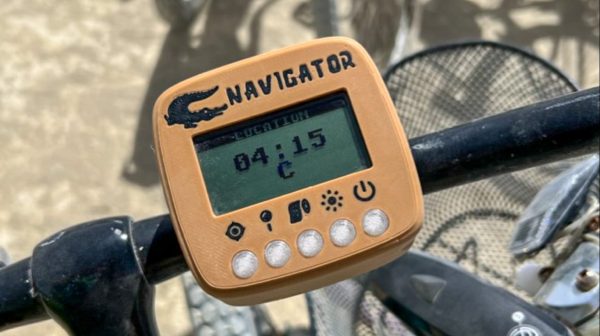Although a lot of tools have been digitized and consolidated into our smartphones, from cameras, music players, calendars, alarm clocks, flashlights, and of course phones, perhaps none are as useful as the GPS and navigational capabilities. The major weakness here, though, is that this is a single point of failure. If there’s no cell service, if the battery dies, or you find yourself flying a bomber during World War II then you’re going to need another way to navigate, possibly using something like this Astro Compass.
The compass, as its name implies, also doesn’t rely on using the Earth’s magnetic field since that would have been difficult or impossible inside of an airplane. Instead, it can use various celestial bodies to get a heading. But it’s not quite as simple as pointing it at a star and heading off into the wild blue yonder. First you’ll need to know the current time and date and look those up in a companion chart. The chart lists the global hour angle and the declination for a number of celestial bodies which can be put into the compass. From there the latitude is set and the local hour angle is calculated and set, and then the compass is rotated until the object is sighted. After all of that effort, a compass heading will be shown.
For all its complexity, a tool like this can be indispensable in situations where modern technology fails. While it does rely on precise tabulated astrometric data to be on hand, as long as that’s available it’s almost failsafe, especially compared to a modern smartphone. Of course, you’ll also need a fairly accurate way of timekeeping which can be difficult in some situations.
Continue reading “A Compass That Looks To The Stars” →


















